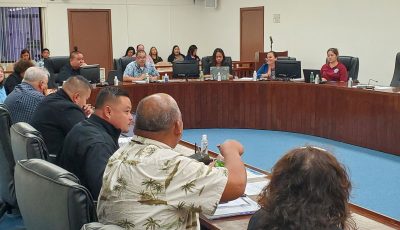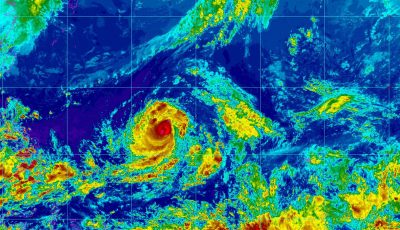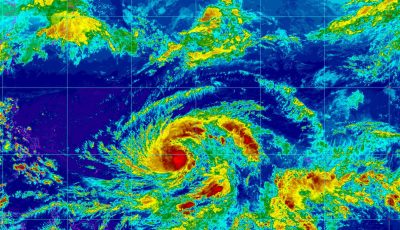Kilili bill aims to add $7M to PSS federal funding
WASHINGTON, D.C.—Delegate Gregorio Kilili C. Sablan (Ind-MP) has introduced legislation that would increase federal education funding for the Northern Mariana Islands by over $7 million each year. H.R. 851 removes the Commonwealth and other U.S. insular areas from a fixed percentage now shared with the Bureau of Indian Education and instead funds island schools more like schools in the 50 states.
Sablan introduced his bill at the same time as the House Committee on Education and the Workforce began formal proceedings on reauthorization of the Elementary and Secondary Education Act, or No Child Left Behind. The law was last reauthorized in 2001.
Sablan, who is a member of the Education Committee, said, “I have been waiting for this opportunity for six years—since the first year I was sworn into Congress.”
In an introductory statement filed along with his bill, Sablan explained that it “will help fulfill one of the original goals of the Act, namely to ensure that American children have access to a high-quality education—no matter the economic circumstances of the geographic area where they live.
“This intent—to close the educational opportunity gaps that exist from community to community in America—has not yet been realized in my district, the Northern Mariana Islands, where incomes are less than half the national median and our local educational agency still struggles to meet the needs of students.”
According to the National Center for Education Statistics, expenditures from all sources for public elementary and secondary schools were $10,667 per pupil nationally in fiscal 2012, but in the Northern Marianas per pupil spending was just $6,246.
In part, this is because the Commonwealth government provides less local funding than goes to schools in states. Sablan pointed out, however, the gap in funding is not because the people of the Northern Marianas are unwilling to invest in education. “In November they adopted an initiative amending our Commonwealth Constitution to require that 25 percent of each year’s local revenues go to our schools, an increase of the existing 15 percent requirement. But, because personal incomes are low, these local government revenues are limited.”
Sablan said that if the Elementary and Secondary Education Act worked the way it was intended, it would even out differences in local capacity to fund schools. Instead, under the current fixed percentage of funding for Bureau of Indian Education schools and insular schools, which the Secretary of Education then divides, the NMI is disadvantaged.
“According to the Congressional Research Service, the result in fiscal 2014 was an allocation of $1,987 per qualifying child in Bureau schools, while each qualifying child in Northern Marianas schools was allotted only $1,073.”
Sablan’s bill takes the Northern Marianas and other insular areas out of the fixed percentage set-aside system, does away with the Secretarial discretion over how the funds are shared, and uses the same funding formula that applies to the 50 states, although at a reduced rate in recognition of the relatively smaller populations of the islands.
The Congressional Research Service estimated that Sablan’s amendment to the Elementary and Secondary Education Act would have raised funding for the Northern Marianas Public School System by $7,454,000, if applied in the current fiscal year.



























